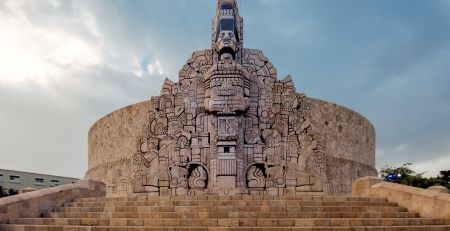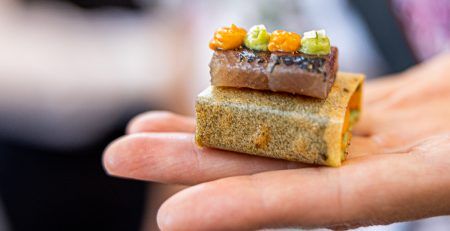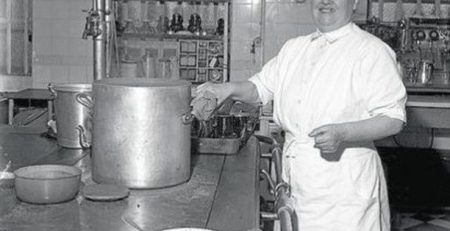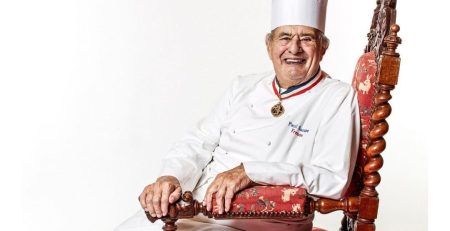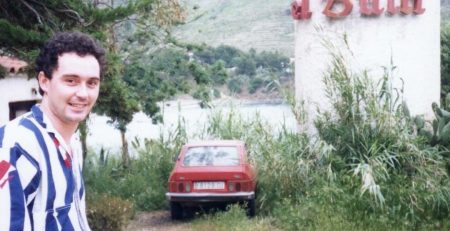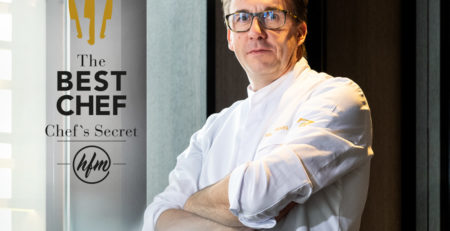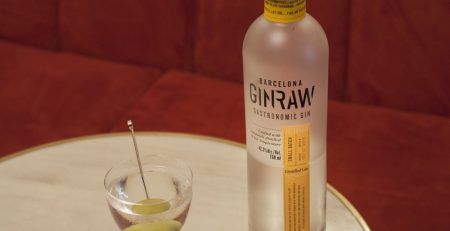The impact of barrels and time on flavor – interview with Master Blender, Cynthia Vargas
The history of rum is a rich and multi-threaded story. At the heart of this narrative stands Ron Matusalem, one of the last independent rum brands to gracefully survive the sands of time.The brand, founded in 1872 in the picturesque city of Santiago de Cuba, boasts an extraordinary 150-year journey that goes back to the very beginnings of rum. It is a history spanning generations and continents, carrying a legacy of craftsmanship and tradition and today it constitutes a lasting legacy of craftsmanship and tradition.
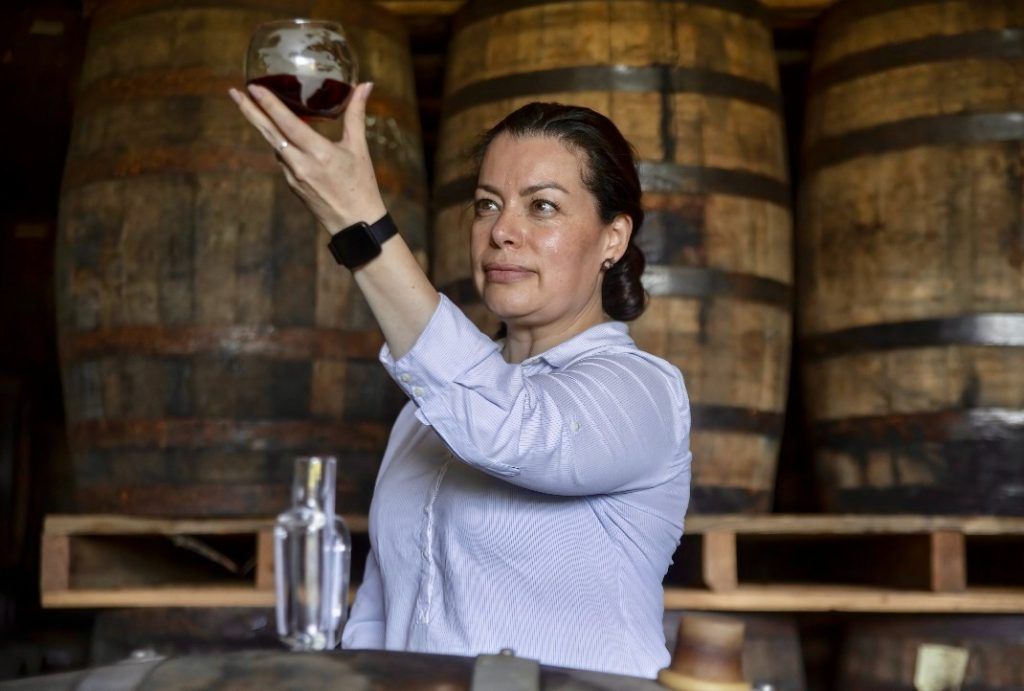
Pioneers of the art of solera aging and masters of wood
Ron Matusalem not only preserved traditional methods but redefined them, inspiring the art of timeless good taste. Their unwavering pursuit of excellence has earned them a prominent place on the world stage. In the prestigious Drinks International 2023 annual report, Ron Matusalem proudly holds the title of the fourth most popular rum brand in the world and eighth in terms of sales worldwide.
Today, in its extraordinary 150th year of existence, it continues to maintain its rich heritage, now under the care of its fifth generation of passionate guardians.
Interview with Master Blender, Cynthia Vargas
Ron Matusalem’s official Master Blender, Cynthia Vargas, has extensive knowledge of rum aging techniques and the effects of barrels and time on flavor.
The Best Chef: How did you become interested in the art of rum blending and aging, and what inspired you to pursue a career in this field?
Cynthia Vargas: Almost as soon as I left college, I started working in the world of distillates and alcoholic beverages. Since then, I have had the opportunity to meet great Masters who encouraged and inspired me to pursue this career. The one with whom I have worked the longest, and who has been a total inspiration, is Patricio Estevez, the Cuban Rum Master of Ron Matusalem, from whom I have had the privilege of learning for the last 13 years. I really enjoy working in this industry and getting to know more people and colleagues who share their knowledge and professionalism.
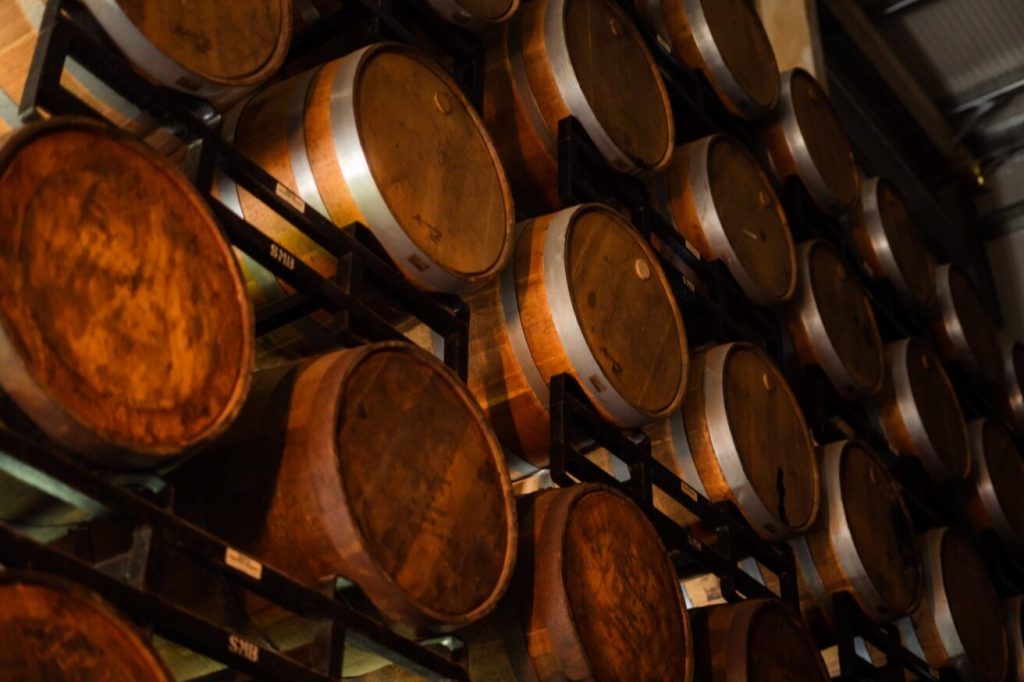
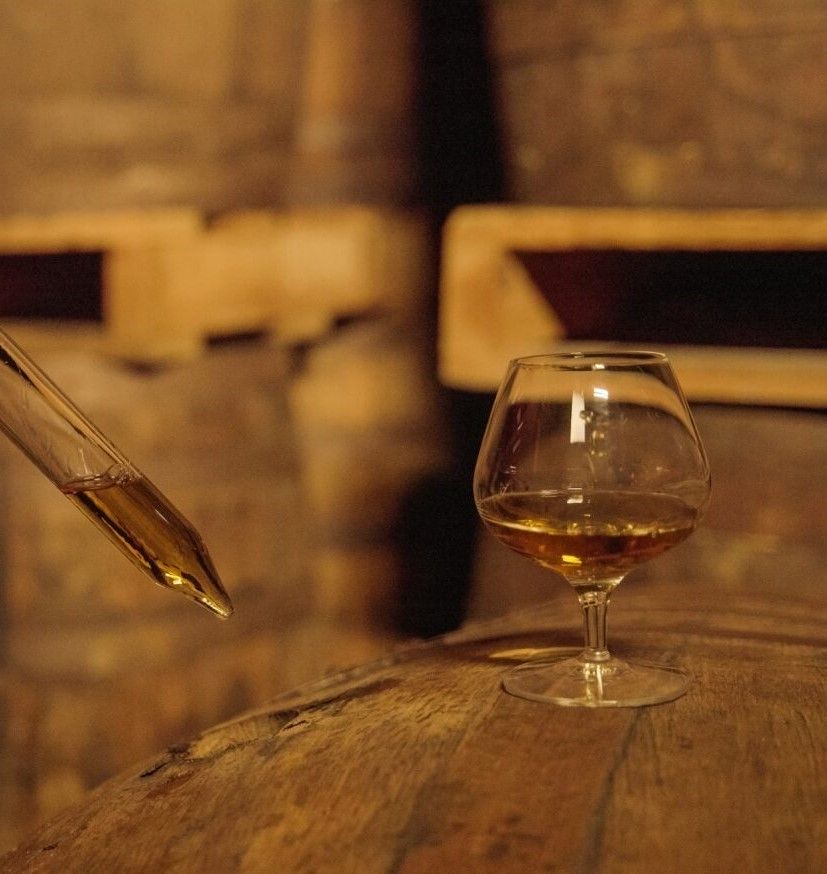
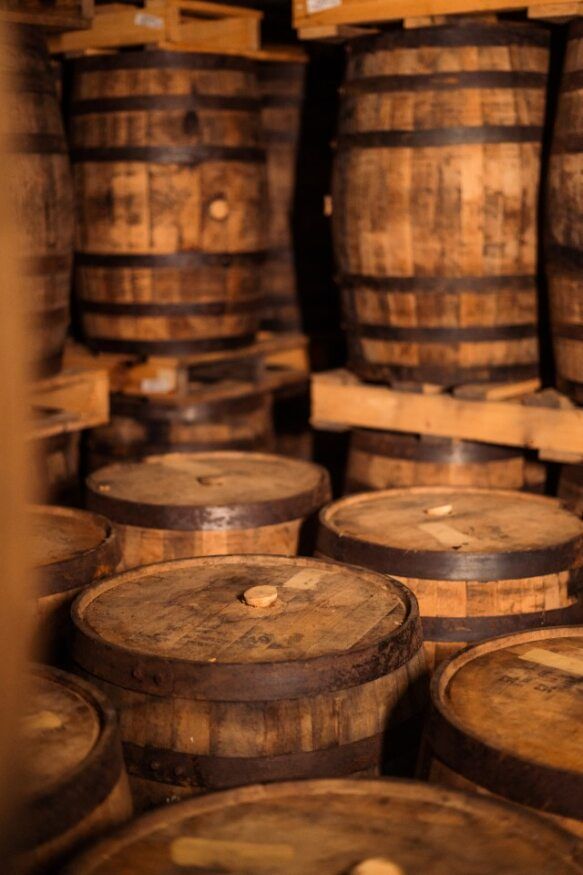
The Best Chef: Can you provide an overview of the rum aging process and explain why it’s such a critical aspect of rum production?
Cynthia Vargas: The aging process is a critical aspect of rum production, as it significantly influences the flavor, aroma, and overall quality of the final product. Rum aging is a complex and time-consuming process that involves the interaction of the distilled spirits with our barrels. The flavor development imparted by aging adds a diversity of flavors, aromas, and characteristics to the rum, making it more enjoyable for our consumers and enhancing the overall quality by mellowing harsh elements. This process creates a smoother, more refined, and delicate product, adding distinctiveness and increasing its value.
The Best Chef: Time is a crucial factor in rum aging. How the solera aging system changed the art of making rum?
Cynthia Vargas: Rum Matusalem pioneered the introduction of the solera system in Cuba in 1872. This technique was originally brought from Spain, where it was used for aging sherry wines and brandy. It represented a significant innovation at the time. We have been masterfully developing this aging technique for more than 150 years.
I believe that the solera aging system has revolutionized the art of rum making by providing a method to achieve consistent quality through the blending of different age profiles. It has become an essential tool in creating a wide range of products with distinctive flavor profiles, contributing significantly to the diversity and quality of the rum industry. Nowadays, this process is particularly valuable for products that require long aging periods, as it allows us to maintain a continuous supply of mature rum for blending.
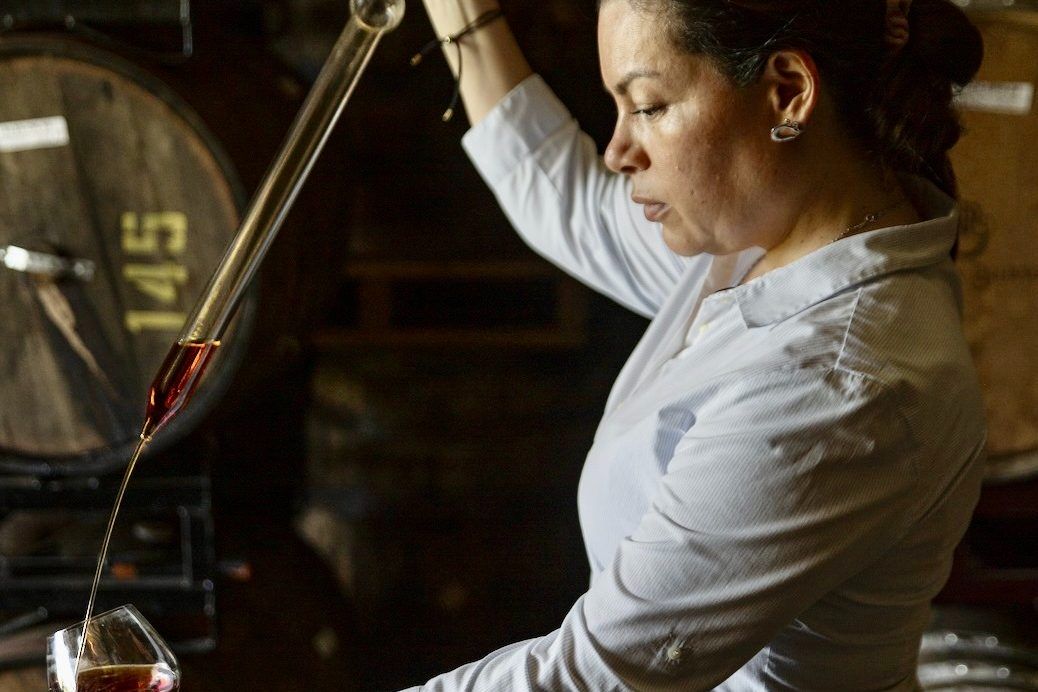
The Best Chef: What role does the interaction between the rum and the wood of the barrels play in flavor development? Are there specific chemical reactions that take place?
Cynthia Vargas: Well, during the aging process, rum undergoes a series of chemical reactions and interactions with the wood of the barrel. The extraction of wood compounds imparted to the rum includes vanillin, tannins, lignin, lactones, and more. These compounds contribute to the flavor, aroma, and color of the rum. The porous nature of wooden barrels allows oxygen to permeate into the rum very slowly helping in mellowing the spirit, smoothing out harsh edges, and developing complex flavors. Lastly, temperature and humidity changes cause the liquid to expand and contract, promoting the extraction of flavor compounds from the wooden barrel.
The Best Chef: Are there specific challenges or considerations when aging rum in different climates or environments, such as Cuba compared to other regions?
Cynthia Vargas: Yes, the climate and environment in which rums are aged have a significant impact on the aging process and the final flavors and profiles. I believe that there are key factors to consider, with a specific focus on Cuba compared to other regions. For example, the temperature and humidity in Cuba play a crucial role. Cuba has a tropical climate with high temperatures and high humidity year-round. While the warm temperatures accelerate and promote chemical reactions between the rum and the barrels (expanding and contracting the rum within the barrel), the high humidity can lead to faster evaporation, commonly referred to as the ‘angel’s share.’ Nowadays the cellar of Ron Matusalem is located in Monteplata, Dominican Republic; this due to its weather similarity with Santiago de Cuba of practically 100%.
In other regions with different climates, such as cooler ones, the aging process will be slower, resulting in different flavors and profiles, with a less intense rate of flavor extraction and a reduced ‘angel’s share’ because the barrel loses less liquid. Another important factor is the location of the aging warehouse itself. Coastal warehouses may experience different climatic conditions than those located inland, leading to variations in aging profiles, even if they are in the same region.
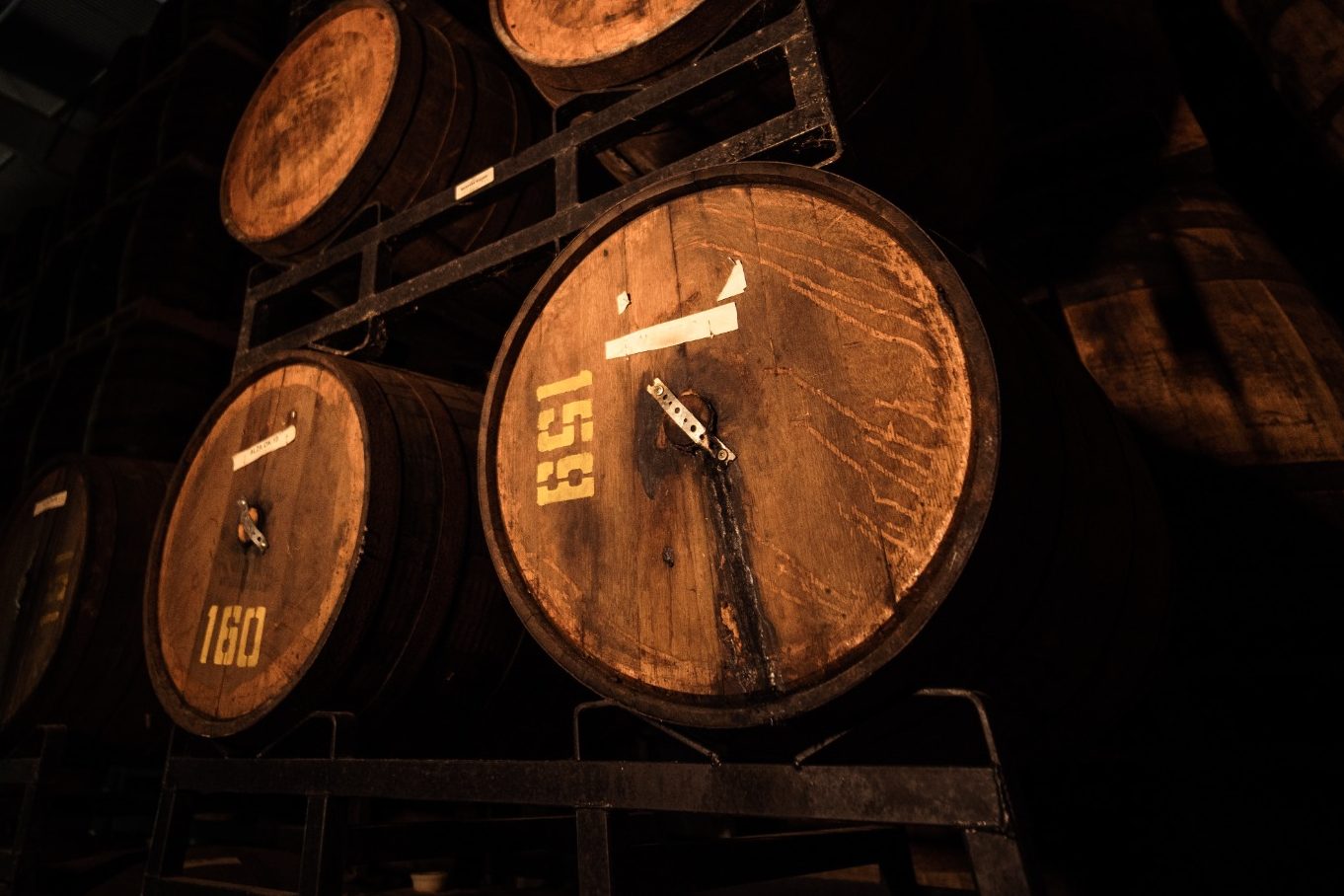
In summary, I am fully convinced that the climate and environment in which rum is aged can significantly influence the aging process and the resulting flavor profile of the rum. The unique tropical climate of the Caribbean contributes to the distinctive qualities of rum, but each region offers its own opportunities and challenges for rum aging.
Thanks for this nice and interesting interview, I ‘d like to leave you with one final thought: the Art & Science of Rum aging requires patience and skills, and it’s a crucial step in the production of High-Quality Rums and High-Quality Master Blenders.

